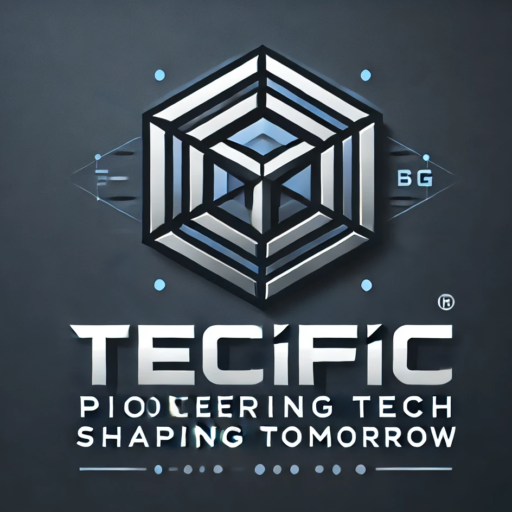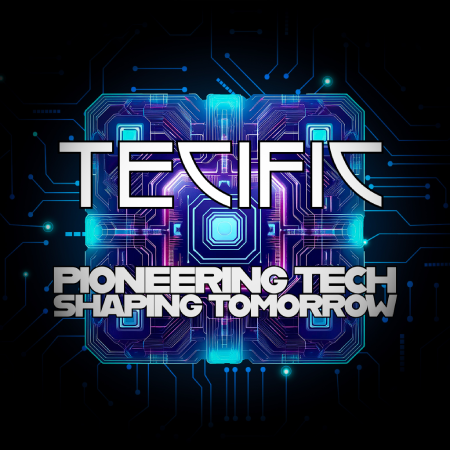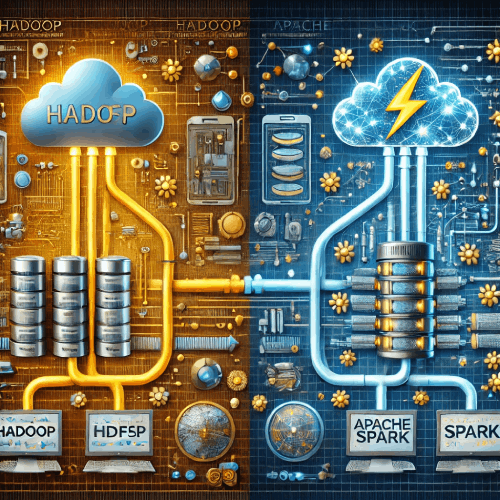In the era of big data, organizations require efficient and scalable tools to process and analyze vast amounts of data quickly. Two of the most popular open-source big data frameworks are Apache Hadoop and Apache Spark. While both are designed to handle large datasets, they differ significantly in terms of architecture, processing speed, and ease of use. This article explores the key features of Hadoop and Spark and provides a comparative analysis to help you decide which one might be the better choice for your data processing needs.
1. What is Apache Hadoop?
Apache Hadoop is a framework that allows for distributed storage and processing of large datasets using a cluster of commodity hardware. It has four core components:
- Hadoop Distributed File System (HDFS): A distributed file system that stores data across multiple machines in a fault-tolerant way.
- MapReduce: A programming model for distributed processing that divides tasks into smaller sub-tasks (map) and combines the results (reduce).
- YARN (Yet Another Resource Negotiator): A resource management layer that allocates resources to various applications.
- Hadoop Common: A set of utilities and libraries that support the other Hadoop modules.
Strengths of Hadoop:
- Scalability: Can handle petabytes of data by scaling horizontally across inexpensive hardware.
- Fault Tolerance: HDFS ensures data replication across nodes, so if one node fails, the data is not lost.
- Cost-Effective: Built to run on commodity hardware, reducing infrastructure costs.
- Mature Ecosystem: Integrates with various other big data tools such as Apache Hive, HBase, and Pig.
2. What is Apache Spark?
Apache Spark is a unified analytics engine for large-scale data processing, known for its speed and ease of use compared to Hadoop’s MapReduce. It also offers APIs for Java, Python, R, and Scala, and provides support for interactive queries, streaming data, and machine learning. Spark has five main components:
- Spark Core: The underlying engine responsible for scheduling, distributing, and monitoring applications.
- Spark SQL: A module for working with structured data and SQL queries.
- Spark Streaming: Real-time data processing.
- MLlib: A machine learning library.
- GraphX: A library for graph-based computations.
Strengths of Spark:
- Speed: Spark performs in-memory computation, which is significantly faster than Hadoop’s disk-based MapReduce.
- Ease of Use: Provides high-level APIs for a range of programming languages and tools like Spark SQL for querying.
- Versatility: Handles batch processing, real-time streaming, machine learning, and graph processing in one unified platform.
- Fault Tolerance: Similar to Hadoop, Spark offers fault tolerance through data replication.
3. Comparing Hadoop and Spark
| Feature | Hadoop | Apache Spark |
|---|---|---|
| Processing Model | Disk-based, batch processing (MapReduce) | In-memory processing, supports batch and real-time (Spark Core, Streaming) |
| Speed | Slower due to writing intermediate data to disk | Up to 100x faster for in-memory processing, 10x faster even on disk |
| Ease of Use | Requires more effort to write MapReduce code | Simple APIs for Java, Scala, Python, and R |
| Fault Tolerance | HDFS provides data replication | Fault-tolerant with data lineage and replication |
| Resource Management | YARN (can also run Spark applications) | Has its own cluster manager, but also runs on YARN |
| Ecosystem | Mature ecosystem with tools like Hive, Pig | Growing ecosystem, integrates well with machine learning and streaming tools |
| Scalability | Highly scalable with horizontal scaling | Equally scalable, but faster for smaller clusters |
| Real-time Processing | Not natively designed for real-time | Built-in support for streaming and real-time processing (Spark Streaming) |
| Machine Learning | External libraries (e.g., Mahout) | Built-in machine learning library (MLlib) |
| Cost | More cost-effective in terms of hardware requirements | In-memory processing can be more resource-intensive, leading to higher costs in some cases |
4. When to Use Hadoop?
- Massive Batch Processing: If your primary need is to process large volumes of data in batch mode, Hadoop’s MapReduce can be a reliable and cost-effective solution.
- Cost Sensitivity: For organizations with limited infrastructure budgets, Hadoop can offer a scalable system that runs on low-cost hardware.
- Existing Hadoop Ecosystem: If your team is already using tools like HBase, Hive, or Pig, Hadoop might be a natural fit for your infrastructure.
5. When to Use Apache Spark?
- Speed is Crucial: When you need faster processing, especially for iterative algorithms like machine learning or graph-based computations, Spark’s in-memory capabilities are invaluable.
- Real-Time Data Processing: If you need to process real-time data streams (e.g., from sensors, logs, or user activity), Spark Streaming is ideal.
- Machine Learning: If you’re working on machine learning algorithms, Spark’s MLlib offers an integrated solution with great performance.
- Interactive Analysis: For data scientists needing to perform exploratory data analysis with quick feedback, Spark’s interactive mode is very useful.
6. Hadoop and Spark: Better Together
It’s important to note that Hadoop and Spark are not mutually exclusive. Many organizations use both systems together, leveraging Hadoop for distributed storage (HDFS) and using Spark for fast processing on top of this storage. Since Spark can run on YARN, it integrates smoothly with Hadoop environments, enabling the best of both worlds.
Conclusion
Both Apache Hadoop and Apache Spark have their strengths and are suited to different types of big data challenges. Hadoop excels at reliable, large-scale batch processing with a cost-effective setup, while Spark offers faster, more flexible in-memory processing, with strong real-time data and machine learning capabilities. In many scenarios, using the two together can provide a robust, high-performance big data solution.
For companies just starting out with big data, the choice between Hadoop and Spark largely depends on the specific workload, real-time requirements, and budget constraints. However, as technology continues to evolve, Spark’s advanced capabilities may increasingly position it as the go-to solution for modern big data applications.




